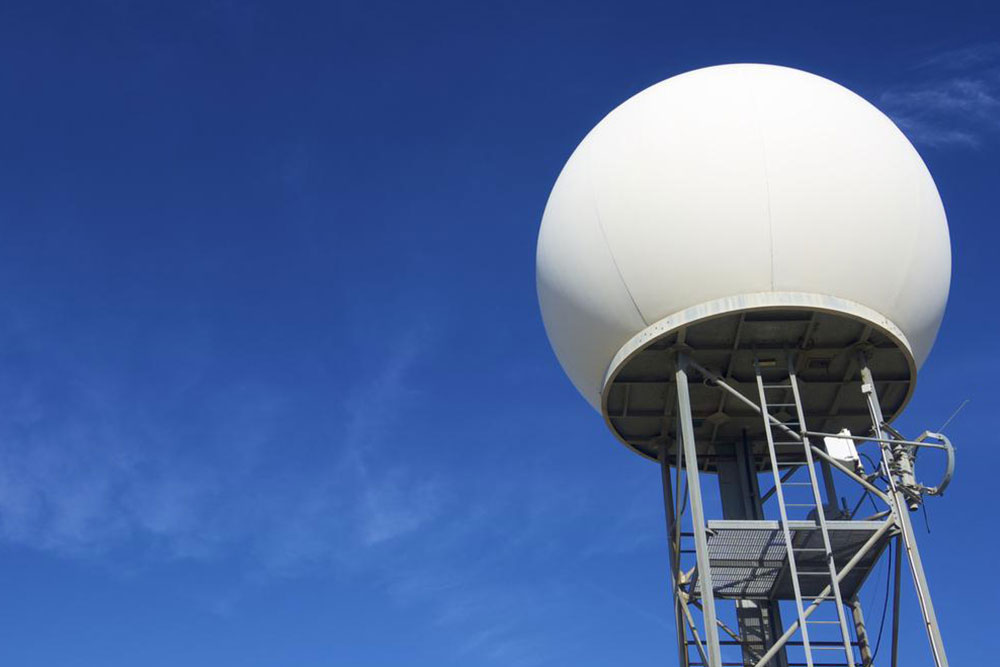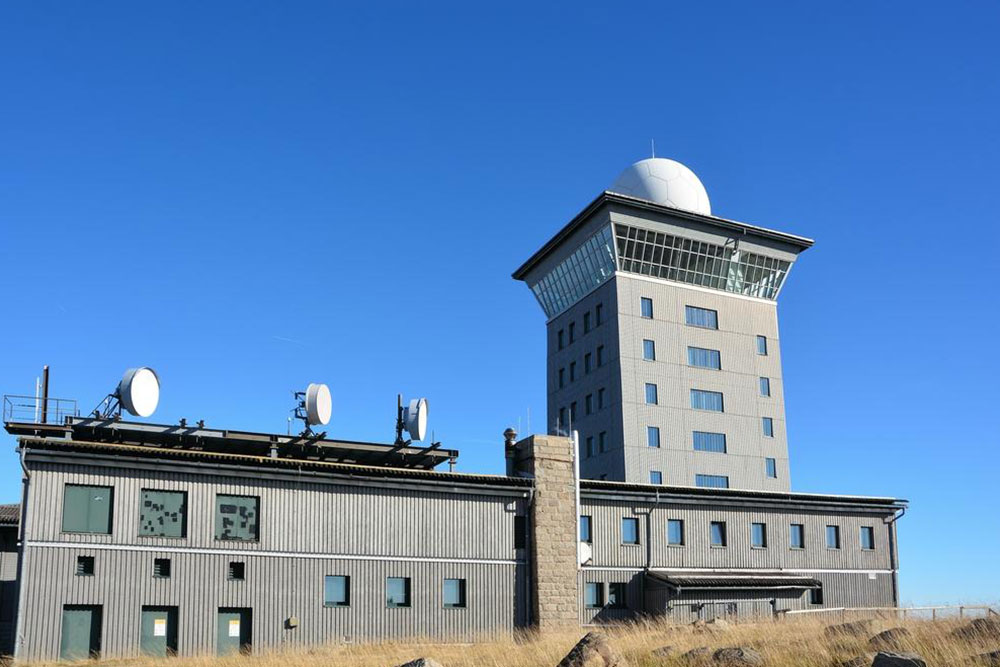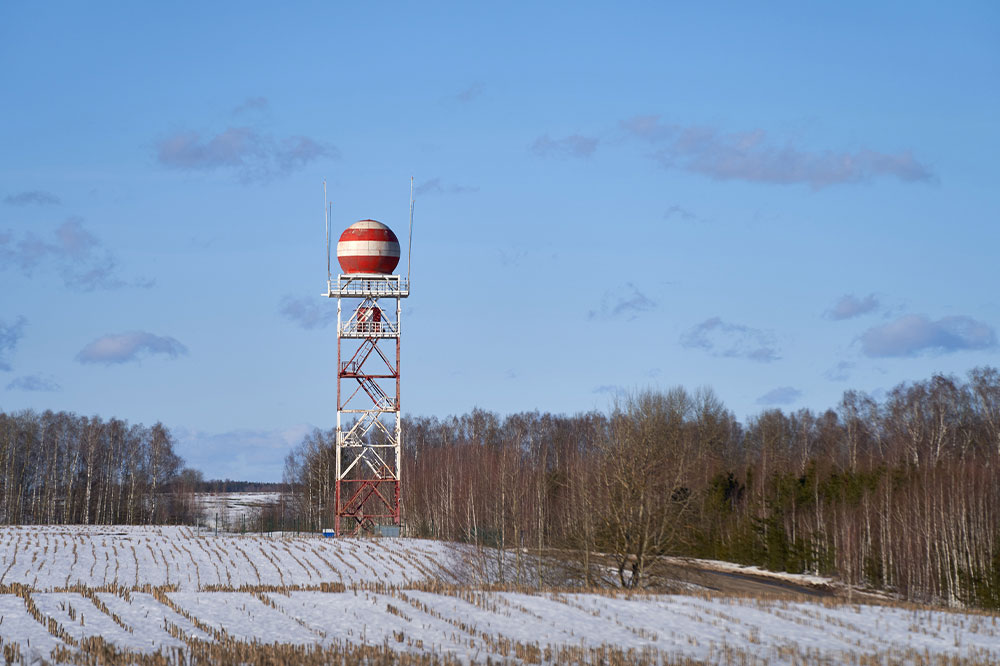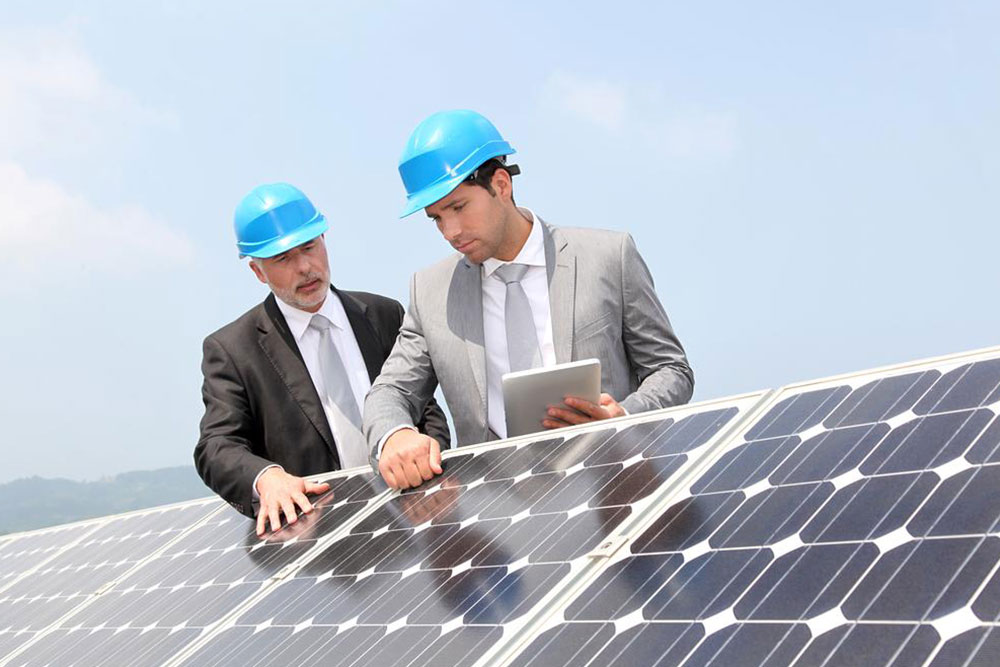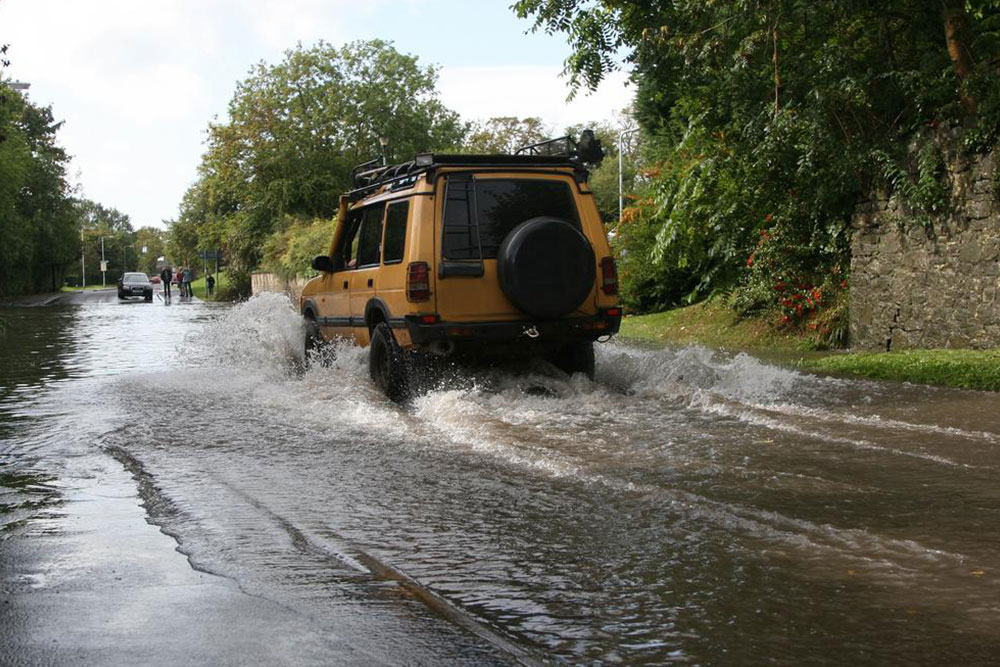Understanding Weather Monitoring Stations: Types and Functions
Discover the purpose and types of weather stations, including land-based, maritime, and personal systems. Learn about the instruments used to monitor atmospheric conditions, ocean parameters, and how these stations contribute to accurate weather forecasting.
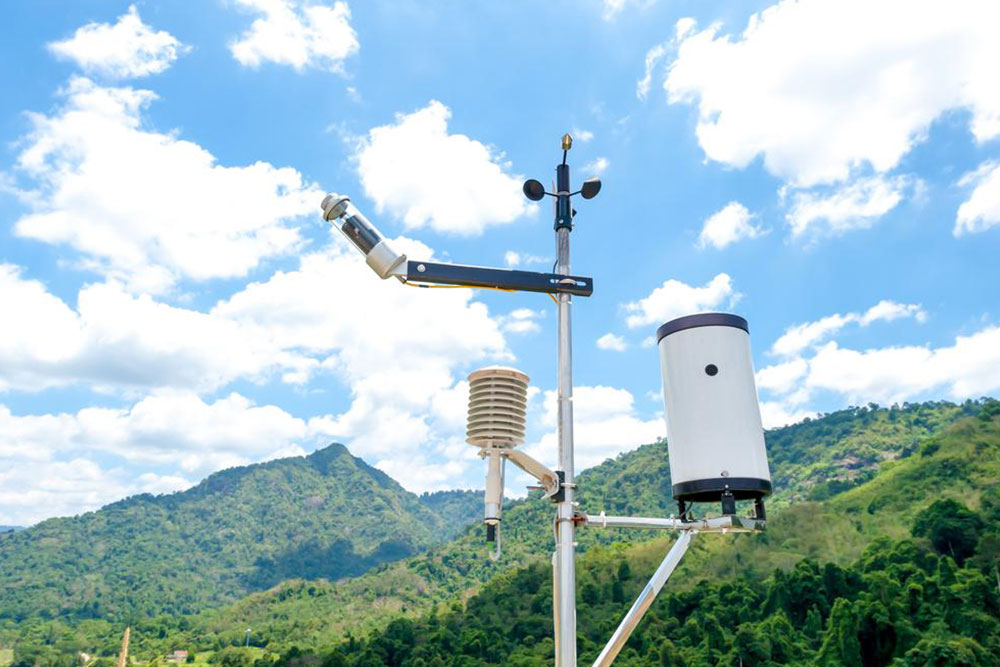
Understanding Weather Monitoring Stations: Types and Functions
Weather monitoring stations are facilities tasked with observing and recording atmospheric conditions, climate data, and weather forecasts for specific regions. These stations can be positioned on land or at sea, depending on their monitoring objectives.
Maritime weather stations utilize ships and buoys to assess parameters such as sea surface temperature, wind speed, and atmospheric pressure. Instruments like hygrometers, barometers, anemometers, and thermometers play key roles in data collection.
Larger stations may include advanced sensors like ceilometers for cloud height, visibility sensors for fog and rain, and rain gauges for precipitation levels. Specialized tools can measure UV index, soil moisture, and temperature. In snowy areas, ultrasonic sensors detect ice thickness.
It's essential to shield sensitive instruments from direct sunlight or wind to ensure accurate readings. Variations in station types include dedicated ships, ocean buoys, and personal weather stations operated by individuals or organizations, each serving specific geographic and research needs.
Weather monitoring stations
Atmospheric sensors
Maritime weather stations
Ocean buoys
Personal weather stations

